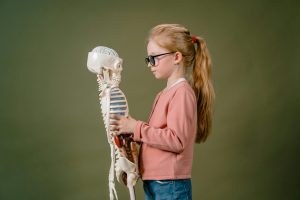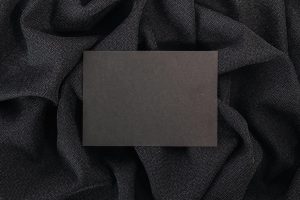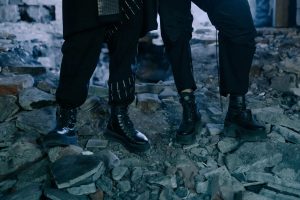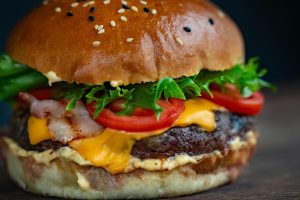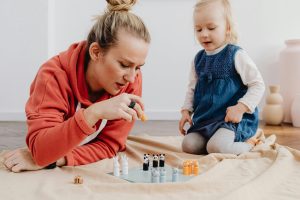The Evolution of Beauty Standards Reflected in Fashion Trends
The definition of beauty has always been a controversial topic, with constantly changing norms and standards. Every era has different ideals and perceptions of what is considered beautiful, and these beauty standards are often reflected in the world of fashion. Fashion has been closely intertwined with the concept of beauty throughout history, and as society evolves, so do our fashion trends. In this article, we will explore the evolution of beauty standards through the lens of fashion, and how it has impacted society and self-perception.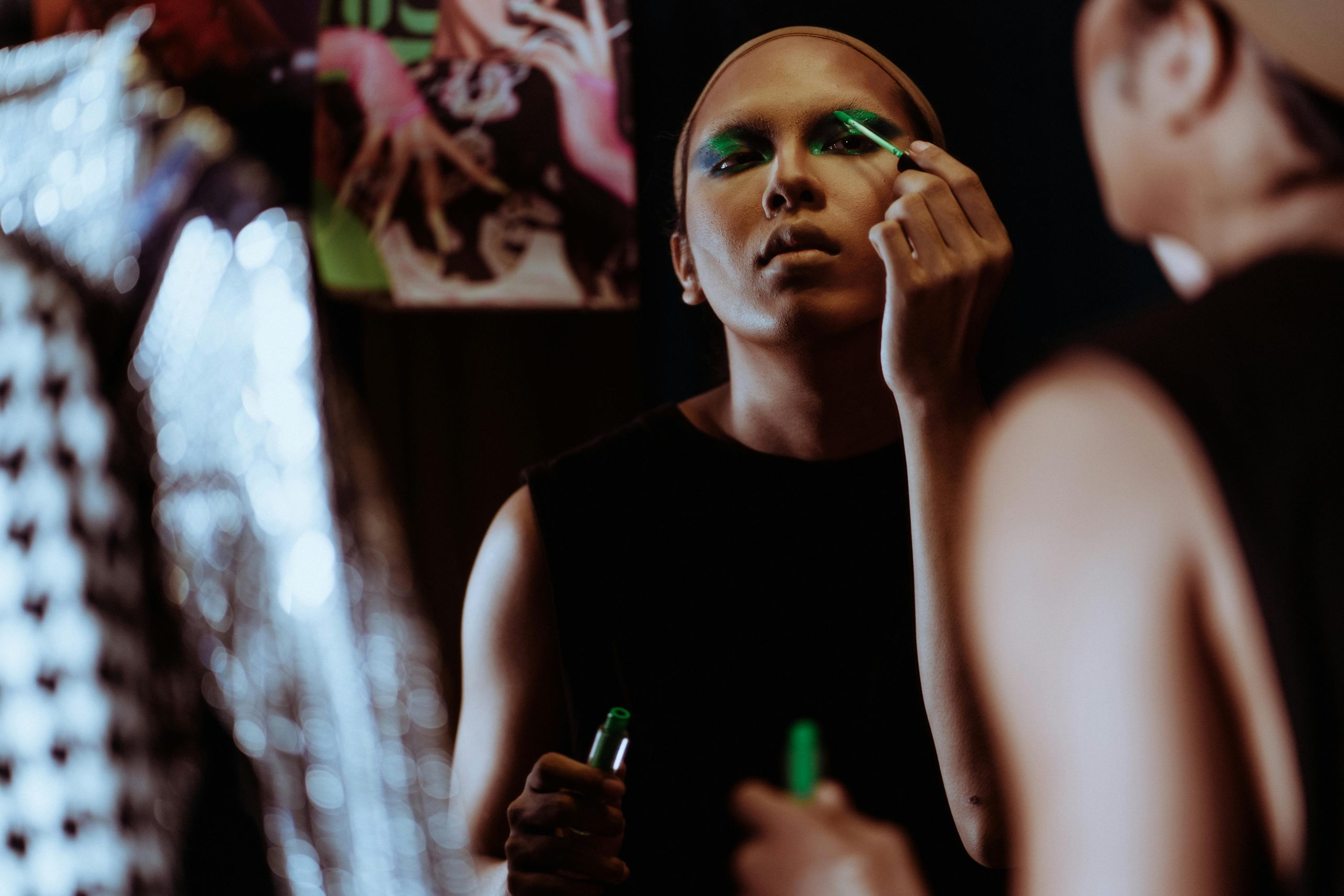
The Ideal Beauty Standards Throughout History
Ancient Times
Beauty has always played a significant role in shaping cultures and societies. In ancient times, the ideal beauty standards varied greatly amongst civilizations. In ancient Egypt, beauty was equated with youthfulness and a slim figure for women, whereas in ancient Greece, a curvy and voluptuous figure was considered desirable. In both societies, beauty was closely linked with high social status and was believed to bring good luck and prosperity.
The Middle Ages
The Middle Ages saw a significant shift in beauty standards, marked by the influence of Christianity. Pale skin, a symbol of purity and chastity, became the most desirable trait among women. This was also the era of the corset, which was used to achieve the coveted hourglass figure, often to the detriment of women’s health. With the advent of the Renaissance period, the ideal body shape shifted to a more natural and well-proportioned figure, seen in paintings and sculptures from this era.
The Victorian Era
The Victorian era further solidified the pursuit of a “perfect” figure with immaculate grooming and modest clothing. To achieve the tiny waist commonly associated with this era, women resorted to wearing tightly laced corsets that could potentially cause organ damage. This emphasis on a small waist and feminine curves further perpetuated society’s perception of beauty as a narrow and unattainable ideal.
The 20th Century
As we entered the 20th century, beauty standards continued to evolve with the rise of Hollywood and mass media. The “Gibson Girl” became the ideal beauty standard, characterized by a long neck, high cheekbones, and a full bust. This was followed by the “flapper” look of the 1920s, which embraced a more boyish figure with shorter hemlines and exposed limbs. The 1950s saw a return to more traditional feminine beauty standards, with curvy and voluptuous figures being favored once again.
Modern Day Beauty Standards and their Impact on Fashion
The Rise of Thinness
The latter half of the 20th century saw a shift towards thinness as the ultimate beauty ideal, with models like Twiggy and actresses like Audrey Hepburn becoming style icons. This trend continued into the 21st century, with the rise of the “size zero” phenomenon, perpetuated by social media and the fashion industry. Fashion trends reflect this ideal with the popularity of skinny jeans and form-fitting clothing, often aiming to create a tall and lean silhouette.
Diversity and Inclusivity
In recent years, there has been a growing emphasis on diversity and inclusivity in the fashion industry, with brands showcasing a wider range of body types, skin tones, and cultural influences. This has led to a more inclusive definition of beauty, with models like Ashley Graham and Winnie Harlow breaking the mold of traditional beauty standards. Fashion trends have also become more diverse, with a mix of styles and body types being represented on runways and in advertisements.
The Influence of Technology
The rise of technology and social media has also had a significant impact on beauty standards and fashion trends. With photo-editing tools and filters, it has become effortless to present an idealized version of oneself on social media, perpetuating unrealistic beauty standards. This has also led to a rise in the popularity of cosmetic surgery and non-invasive procedures in pursuit of a “perfect” look.
The Impact of Beauty Standards on Self-Perception
Society’s constantly evolving beauty standards can have a profound impact on an individual’s self-perception. The pressure to conform to these standards can lead to body image issues, low self-esteem, and even mental health disorders. This is especially true for young girls and women who are bombarded with unrealistic images of beauty in the media.
However, it is essential to recognize that beauty standards are subjective and ever-changing. It is crucial to embrace diversity and celebrate our individual differences rather than striving for a narrow and unattainable ideal. As fashion continues to evolve, it is up to society to shift towards more inclusive and realistic beauty standards.
In Conclusion
The evolution of beauty standards reflected in fashion trends echoes the constant changes in our society. Whether it is a desire for a pale complexion in the Middle Ages or the pursuit of thinness in modern times, fashion trends reflect what is considered beautiful at that particular moment in time. As we continue to break away from traditional beauty standards and embrace diversity, we can hope to foster a more inclusive and positive perception of beauty for generations to come.


